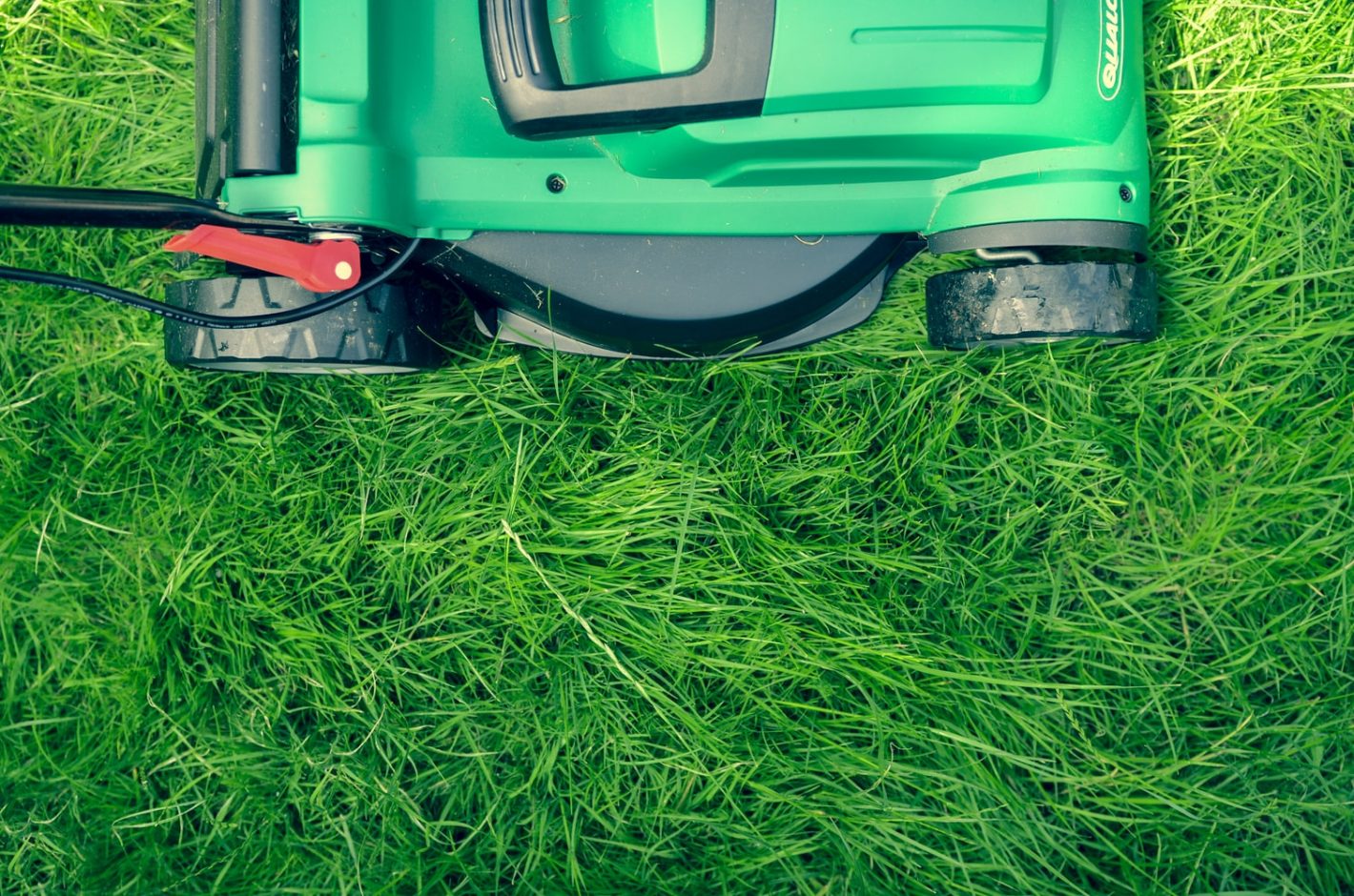Looking forward to the warmer spring weather, but not the pests that seem to plague your lawn every spring season? You can help avoid pest problems on your lawn by taking some early preventative measures heading into the warmer months. Pest Control is an essential but often overlooked aspect of lawn maintenance, and although it can be easy to forget about it and look forward to cutting the grass or trimming the hedges instead, it’s important to address pest issues early if you want to keep your lawn in top health. This spring, try these top tips to help avoid pest problems from developing in the first place.
1. Don’t Forget About Lawn Maintenance and Trimming Early On
You might think that the early days of spring are too soon to begin your warm-weather lawn maintenance routine, but the truth is that early maintenance can set up your lawn for a flourishing, healthy season ahead. Make sure to trim the grass regularly and check the entire yard for any signs of trouble. The earlier you can address these issues, the less you’ll have to worry about them later on.
2. Get Rid of Any Yard Waste Right Away
If you have old branches, sticks or other organic material sitting in your yard at the moment, make sure to get rid of it right away. Old yard waste can quickly start to deteriorate and attract pests, from small animals to ants and other insects. As soon as you notice unwanted waste, pick it up and toss it out to ensure you’re not accidentally drawing in surprise visitors.
3. Water Your Lawn To Encourage Healthy Wildlife, But Don’t Overwater
The trick to a healthy looking lawn, and to avoiding pests, is to water your lawn just enough. Without adequate water, your grass could die, becoming an attraction for certain insects. On the other hand, if you overwater your lawn, it could lead to flooding and soil damage. The key is to keep it well watered enough to encourage healthy grass growth and attract certain types of wildlife like deer, while keeping out other unwanted pests.
4. Consider Whether You Need To Use an Insect Killer
Finally, if other steps haven’t worked and you’re already starting to see pests pop up in your yard, consider strategically using an insect killer. Although you may not want to overdo it with this measure, it can be a helpful tool and a quick fix to get rid of certain pests. Make sure to carefully read the labels to avoid harmful effects to any plants you may have in your garden.
No matter how much effort you put into other aspects of lawn care, if you neglect to mitigate potential pest problems, you might be dealing with some unwelcome visitors come springtime. As soon as the snow starts to melt and the weather starts to warm up, you can take some preventative measures to avoid pests and keep your lawn in top health. Try these tips this spring for what could be your healthiest lawn yet!

